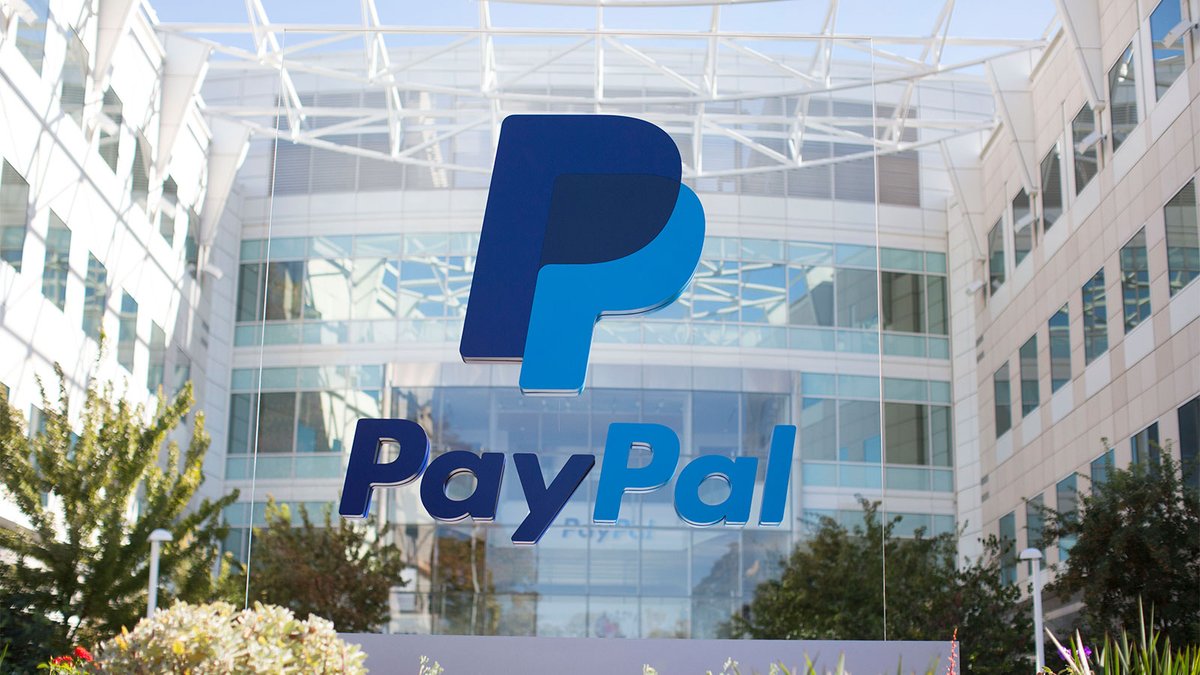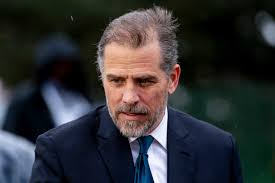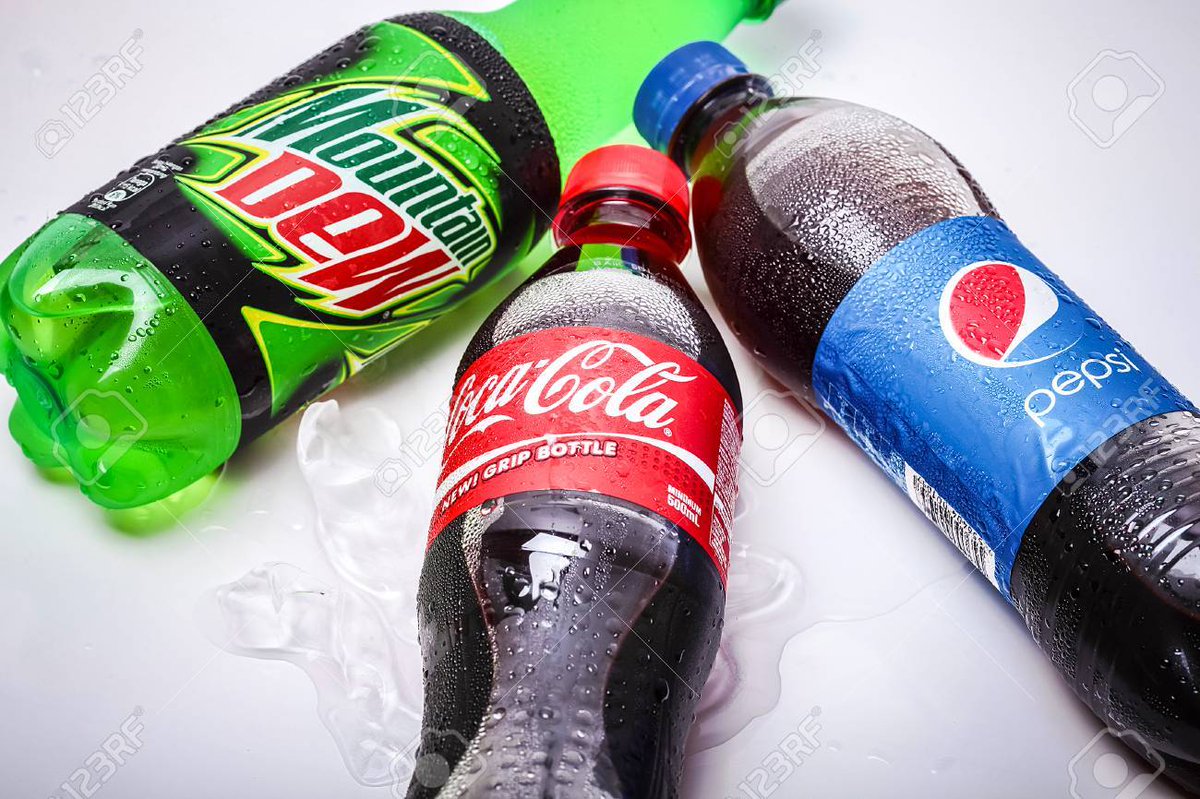1/ Zip2 Corporation (1995):
Government Subsidy: No direct subsidies are publicly known for Zip2. It was a software company providing business directories and maps for newspapers.
Loans: There's no record of government loans for Zip2. The company was sold to Compaq for $307 million in 1999.
Government Subsidy: No direct subsidies are publicly known for Zip2. It was a software company providing business directories and maps for newspapers.
Loans: There's no record of government loans for Zip2. The company was sold to Compaq for $307 million in 1999.

2/ X.com/PayPal (1999):
Government Subsidy: X.com, which later merged into PayPal, did not rely on government subsidies to launch or scale.
Loans: No government loans were involved. Musk invested his Zip2 earnings into X.com. PayPal was sold to eBay for $1.5 billion in stock.
Government Subsidy: X.com, which later merged into PayPal, did not rely on government subsidies to launch or scale.
Loans: No government loans were involved. Musk invested his Zip2 earnings into X.com. PayPal was sold to eBay for $1.5 billion in stock.

3/ SpaceX (2002):
Government Subsidy: SpaceX has benefited significantly from government contracts rather than direct subsidies. NASA's Commercial Orbital Transportation Services (COTS) and subsequent contracts provided pivotal funding.
Loans: SpaceX did not receive government loans for startup or scaling. They've saved the U.S. government money compared to traditional costs.
Government Subsidy: SpaceX has benefited significantly from government contracts rather than direct subsidies. NASA's Commercial Orbital Transportation Services (COTS) and subsequent contracts provided pivotal funding.
Loans: SpaceX did not receive government loans for startup or scaling. They've saved the U.S. government money compared to traditional costs.

4/ Tesla, Inc. (2003):
Government Subsidy: Tesla has received multiple forms of government support, including:
A $465 million loan in 2010 from the U.S. Department of Energy (DOE) under the Advanced Technology Vehicles Manufacturing Loan Program.
Various state and local incentives, tax breaks, and credits for EV infrastructure and manufacturing.
Loans: The DOE loan was repaid in full with interest in May 2013, nine years ahead of schedule, making a profit for taxpayers.
Government Subsidy: Tesla has received multiple forms of government support, including:
A $465 million loan in 2010 from the U.S. Department of Energy (DOE) under the Advanced Technology Vehicles Manufacturing Loan Program.
Various state and local incentives, tax breaks, and credits for EV infrastructure and manufacturing.
Loans: The DOE loan was repaid in full with interest in May 2013, nine years ahead of schedule, making a profit for taxpayers.

5/ SolarCity (2006) - Acquired by Tesla in 2016:
Government Subsidy: SolarCity received substantial government support:
$750 million from New York state for building a solar panel plant.
$497.5 million in federal grants by 2015.
Loans: No specific government loans mentioned for SolarCity independently, but post-acquisition, any benefits would fall under Tesla's financial management.
Government Subsidy: SolarCity received substantial government support:
$750 million from New York state for building a solar panel plant.
$497.5 million in federal grants by 2015.
Loans: No specific government loans mentioned for SolarCity independently, but post-acquisition, any benefits would fall under Tesla's financial management.

6/ The Boring Company (2016):
Government Subsidy: Has received some local government contracts for infrastructure projects but no widespread or significant subsidies are publicized.
Loans: No known government loans for startup or scaling.
Government Subsidy: Has received some local government contracts for infrastructure projects but no widespread or significant subsidies are publicized.
Loans: No known government loans for startup or scaling.

7/ Neuralink (2016):
Government Subsidy: Neuralink has not publicly disclosed receiving significant government subsidies. It's primarily venture-funded.
Loans: No known government loans.
Government Subsidy: Neuralink has not publicly disclosed receiving significant government subsidies. It's primarily venture-funded.
Loans: No known government loans.

8/ xAI (2023):
Government Subsidy: As a new entity, there are no reports of government subsidies at this stage.
Loans: No government loans have been disclosed.
Government Subsidy: As a new entity, there are no reports of government subsidies at this stage.
Loans: No government loans have been disclosed.

9/ Elon Musk's approach to government assistance:
Musk has often been vocal about his disdain for government subsidies in principle but has pragmatically utilized them where available, especially in the early stages of his companies. His businesses, particularly Tesla and SpaceX, have leveraged government contracts and incentives to achieve scale and market penetration.
Musk has often been vocal about his disdain for government subsidies in principle but has pragmatically utilized them where available, especially in the early stages of his companies. His businesses, particularly Tesla and SpaceX, have leveraged government contracts and incentives to achieve scale and market penetration.
10/ Conclusion: - Musk's businesses have indeed benefited from government support, primarily through contracts, loans, and tax incentives. Tesla stands out for having repaid its DOE loan with interest, showcasing a unique case where taxpayer money was returned with a profit. His approach has been to use government assistance as a springboard while pushing for broader industry benefits like EV adoption and space commercialization.
Bonus: If you won't ever get to @elonmusk's level in your lifetime, please show some respect for the guy.
• • •
Missing some Tweet in this thread? You can try to
force a refresh

















